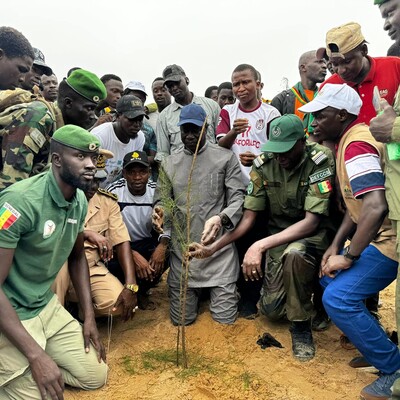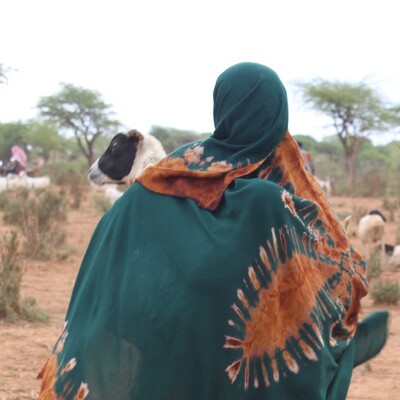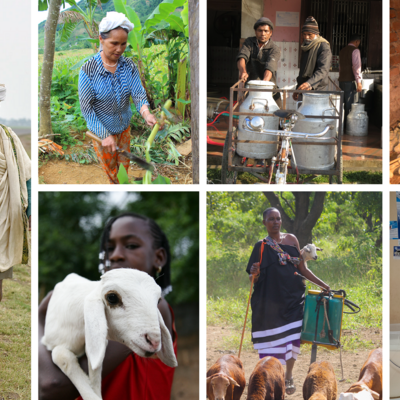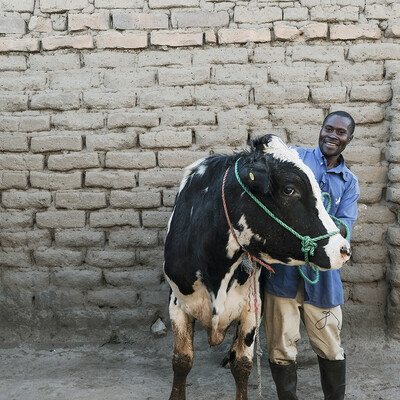
BREAD: Basic mechanisms underlying species specific to trypanosome resistance
Trypanosomiasis is arguably the most significant disease to threaten livestock production in infected areas and the animal disease causes immense human suffering through loss of the critical animal components and haulage for crop production, which are central to most African small scale agriculture. In tsetse infested areas, trypanosomiasis reduces the output of meat and milk by at least 50%. Accordingly, trypanosomiasis is ranked among the top 10 global cattle diseases impacting on the poor, and estimates of the cost of the disease to livestock keepers and consumers vary between US$ 1and US$ 5 billion annually.
Bovine African trypanosomiasis is prevalent in 36 countries of sub Saharan Africa. It is caused by the extracellular protozoan parasites Trypanosoma congolense, T. Vivax and T. brucei brucei and is transmitted by tsetse flies. Related trypanosomes are responsible for sleeping sickness in humans; cattle are a reservoir for human infective T. b. rhodesiense. In contrast baboons are resistant to all these pathogens. We have identified baboon apoL-1 as the key component of their protective trypanosome lytic factor, which is a form of HDL (high density lipoprotein) that creates ion channels in the trypanosomes and kills them through loss of osmoregulation. We have shown using hydrodynamic gene delivery that it is possible to protect mice against infection with T. congolense, T. b. brucei and human infective T. b. rhodensiense by liver expression of the baboon APOL1 gene. We hypothesize that germline liver expression of baboon APOL1 in cattle will endow endogenous resistance to trypanosomes just as in baboons.
Objectives/goals
1. To create germline transmissible transgene in mice using bacterial artificial chromosomes that contain the genomic locus of baboon APOL 1 along with all the necessary endogenous regulatory elements to drive expression of baboon apoL-1 at appropriate levels without host toxicity.
2. Once a minimal genomic region is defined in mice, we will transduce the validated APOL-1 construct into cattle fibroblasts, followed by nuclear transfer to enucleated oocytes.
3. Embryos will be transferred to recipient cows, and founders will be screened for the production of apoL-1 in their blood, as well as trypanosome lysis in vitro. Animals that demonstrate expression and trypanotoxicity will be evaluated for resistance to trypanosome in vivo.
Project location
Kenya, USA, UK
Expected output
To reduce African trypanosomiasis by genetic bioengineering of cattle.



















